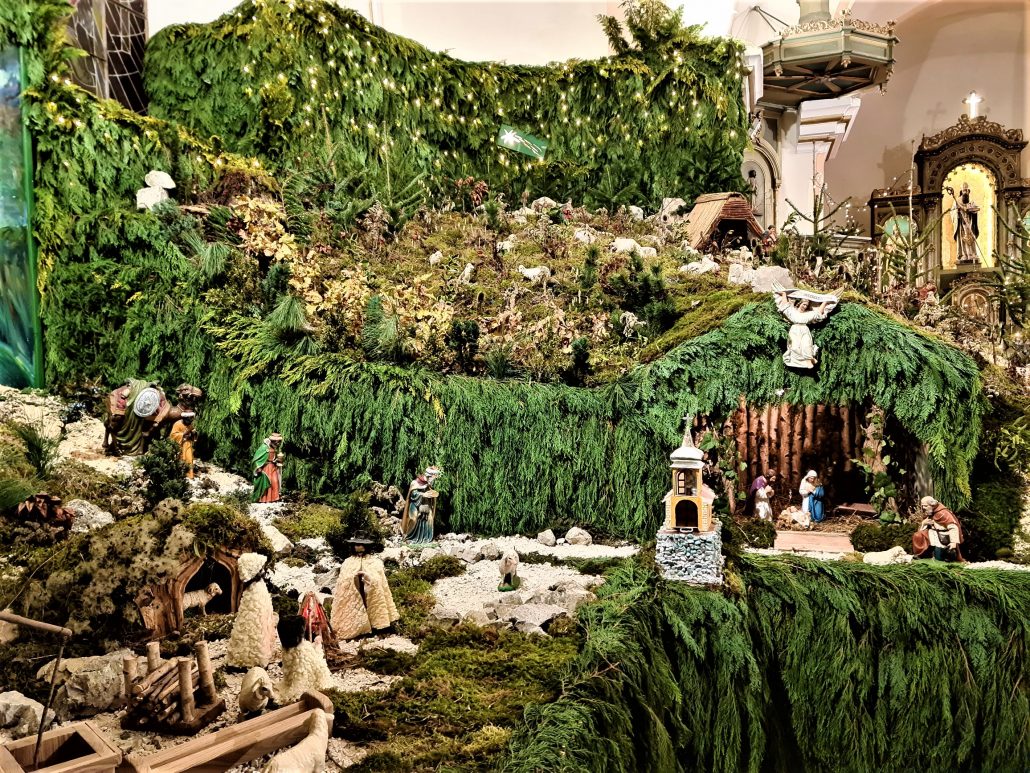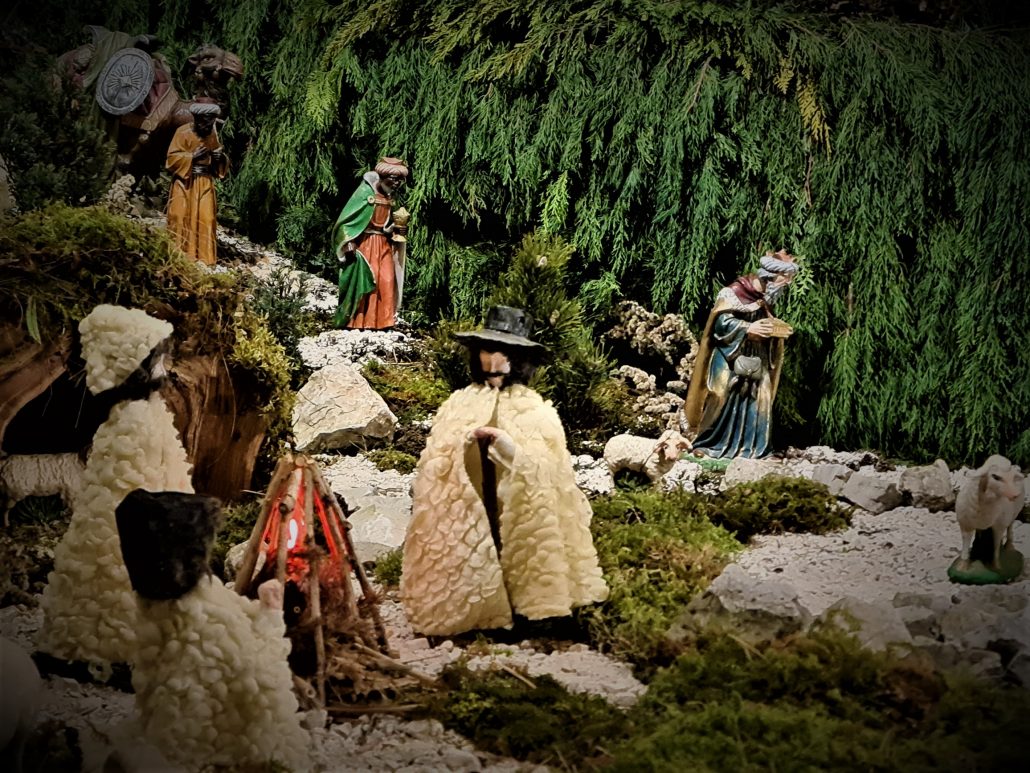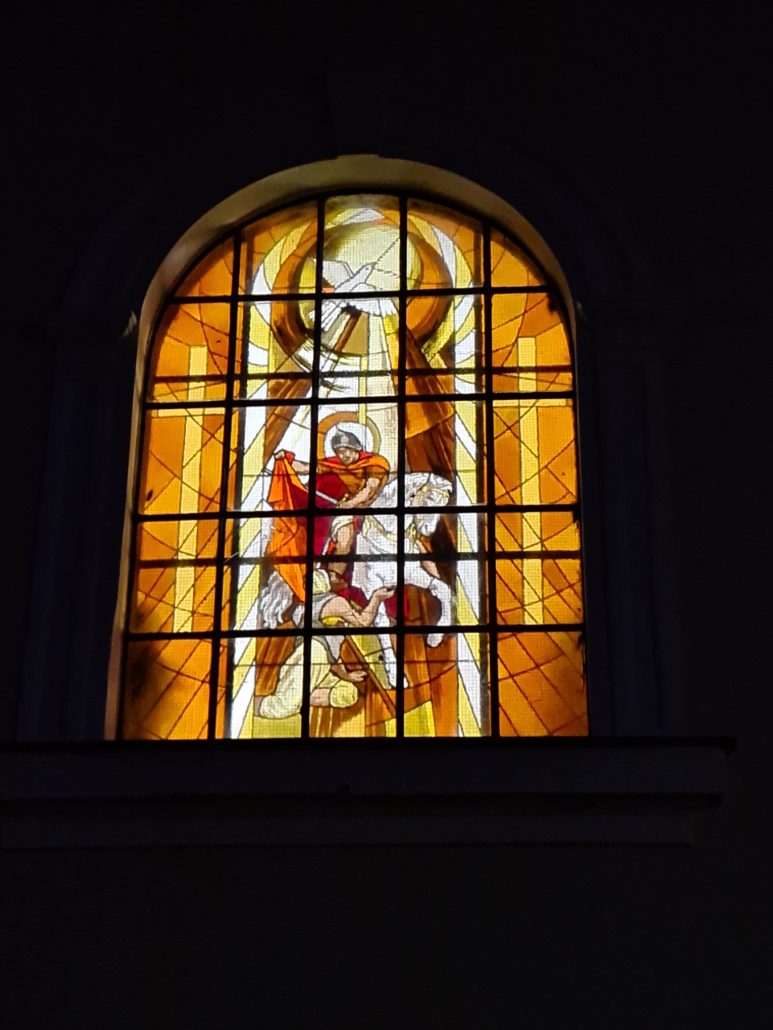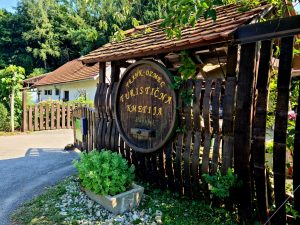Road trips through greater Hungary always left me wondering what people did in the myriad villages that dot the nation. That was before I moved to one of those villages. Now I know.
Still, I never fail to delight in discovering something quirky and new (to me, at least) about a random village that might otherwise seem to have little by way of attraction for your average tourist, if there is such a thing as your average tourist.
The village of Vörs over in Somogy county is a case in point.
Each year since 1948, the locals have built a nativity scene, a depiction of Bethlehem of old, that attracts visitors from all over. It’s quite something. It’s so quite something that Reuters covered it last month, which is how I got to hear of it. They say that at 60 square metres, it’s one of Europe’s largest indoor nativity scenes. And it survived through communism. That’s a miracle in and of itself.

 ‘
‘
The village is on the Szent Márton route, evidence of which can be seen in the local church. The altarpiece has a statue of St Martin holding a book and a goose and a stained glass window that shows the iconic image of Martin shredding his cloak in half to share with a poor man he encountered at the city gate of Amiens.



I was particularly taken by the confessional. A work of art.

The village crib is new this year and in stark contrast to the traditional. Most villages, our own included, have some variation on this theme, from ceramics and stone to felt, straw, and wood. But this was the first metal offer I’ve seen and it’s stunning.

Bethlehem in Vörs runs until the beginning of February so you’ve plenty of time to visit. And remember, if it’s your first time in the church, you get three wishes. There’s an advent market too, so wrap up and treat yourself to egy pohár forró bort (a glass of hot wine).
Notes for next time
Visit the village shop designed by Gábor Sánta, a student of Imre Makovecz (who did the funny chapel in Zalavár). Both are fans of organic architecture, ‘an approach to design that focuses on natural surroundings and sustainability’. And also check out the Fire Museum and the Tájház Vörs, the country house museum, a renovated version of the smokehouses that were common in rural Hungary back in the day. Given its proximity to the Kis-Balaton, the focus here is on fishing life.
Share this:
- Click to share on X (Opens in new window) X
- Click to share on Facebook (Opens in new window) Facebook
- Click to share on Pinterest (Opens in new window) Pinterest
- Click to share on LinkedIn (Opens in new window) LinkedIn
- Click to share on Reddit (Opens in new window) Reddit
- Click to share on WhatsApp (Opens in new window) WhatsApp
- Click to share on Pocket (Opens in new window) Pocket
- Click to share on Telegram (Opens in new window) Telegram
- Click to email a link to a friend (Opens in new window) Email







2 responses
Another wonderfully informative piece, thankyou. But ‘funny chapel’ – really? I’m also struck by the mixture of faith and having 3 wishes… a contradiction, or not?
Funny as in peculiar – it has a tree inside it. And I suspect the three wishes was something my mother made up to get me inside a church as a kid 🙂